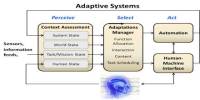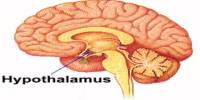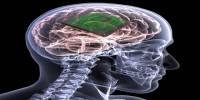Glycoprotein
Definition
Glycoproteins are a class of proteins, which have a glycosyl group or glycans-carbohydrates attacthed to their protein chain. This process is known as glycosylation. Secreted extracellular proteins are often glycosylated. Glycoproteins are frequently present at the surface of cells where they function as membrane proteins or as part of the extracellular matrix. These cell surface glycoproteins play a critical role in cell–cell interactions and the mechanisms of infection by bacteria and viruses.
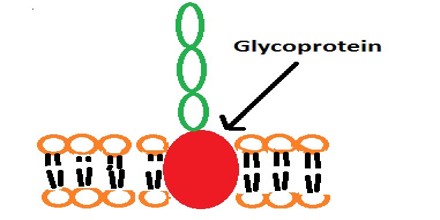
Different types of glycoproteins are based on the different processes of glycosyaltion which give glycoproteins that differ in the placement of glycan part as their substitution groups.
Different processes are:
- N-Glycosylation
- O-Glycosylation
- P-Glysosylation
- C-Glycosylation
The sugar part’s substitution and position solely determine the protein’s folding mechanism, which means that it is different for each glycoprotein- based purely on the sugar residue and not on the protein residue.
Nonenzymatic glycosylation or glycation creates glycoproteins by the chemical addition of sugars to polypeptides. Since this type of glycosylation is nonenzymatic, the factors that control glycosylation are simply time and the concentration of sugar. Older proteins are more glycosylated, and people with higher circulating levels of glucose experience higher levels of nonenzymatic glycosylation. This is the basis of the glycosylated hemoglobin A1c diagnostic test used for the monitoring and long-term maintenance of blood sugar levels in diabetics.

Hormones of Glycoprotein
Hormones that are glycoproteins include:
- Follicle-stimulating hormone
- Luteinizing hormone
- Thyroid-stimulating hormone
- Human chorionic gonadotropin
- Alpha-fetoprotein
- Erythropoietin (EPO)
Functions of Glycoprotein
Glycoproteins are involved in nearly every process in cells! They have diverse functions such as in our immune system, protection of our body, communication between cells, and our reproductive systems.
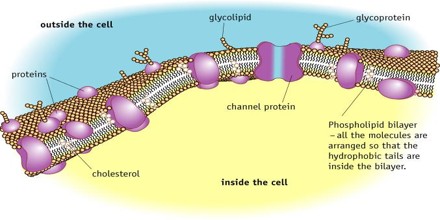
It also provides many functions: they give structural support to cells, help to form connective tissues and facilitate digestion by producing secretions and mucous in the gastrointestinal tract. Glycoproteins are handy cell components and are found in many places within cells. Glycoproteins are located in cell walls, blood plasma and connective tissues, and they have fine structural differences depending on their location. They also play key roles in reproduction and occur on the surface of spermatozoa, increasing the likelihood of a sperm cell’s attraction to eggs by altering the permeability of plasma membranes. These proteins may also adhere to cells and enable development of functional tissues in the body. Proteins are composed of amino acids. Besides amino acids, conjugated proteins contain a non-protein part known as prosthetic group or conjugating group. Glycoprotein is an example of conjugated protein where prosthetic group (simply non-protein part) attached to the protein chain is carbohydrate.
Glycoproetins are a part of integral membrane proteins.b. They play a vital role in cell-cell interactions and pathogenic response by the hosts. Regulatory mechanisms in phosphorylation based cell signalling. Found in platelets; provide functional stability to them.
Glycoproteins are also important for red blood cells. Blood type refers to the type of glycoprotein on our red blood cells. If anyone has type A blood, they have A antigens, or A glycoproteins, on their red blood cells. This helps the body to identify that their blood is part of them and tells it not to attack it. Glycoproteins also help to stimulate the process of coagulation of platelets to clot blood when people get cut. People who are missing important proteins on platelets can’t clot their blood and have a disease called hemophilia, where any cut continues to bleed indefinitely.

